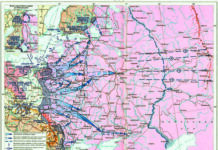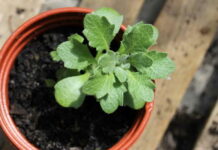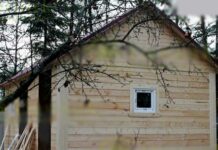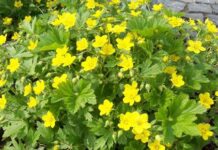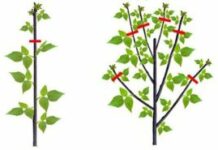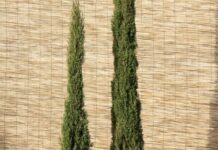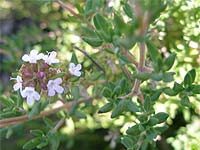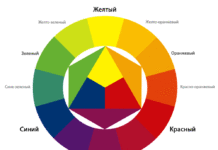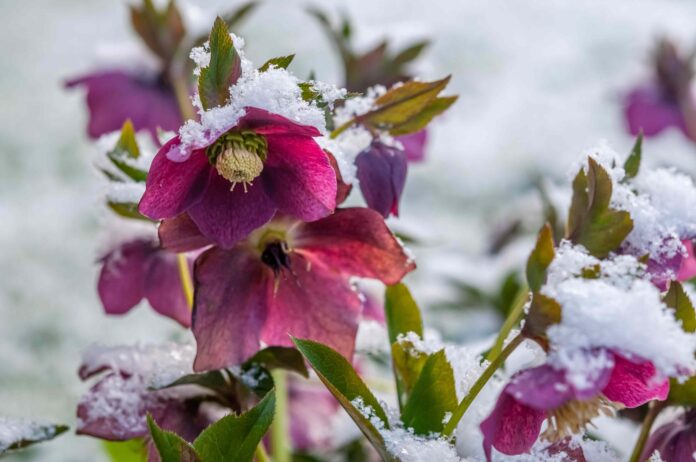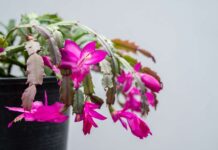Proper fall garden cleanup isn’t just about aesthetics; it directly impacts plant health and future growth. Knowing which ornamentals need pruning before winter and which are best left untouched is crucial for a thriving garden. Here’s a guide to help you prepare your plants for the cold season.
Plants That Benefit from Fall Pruning
Certain plants are prone to diseases or pests that overwinter in dead foliage. Cutting them back now minimizes these risks and encourages vigorous growth next spring.
Peonies: These are susceptible to powdery mildew and fungal infections. Prune back to 2–3 inches after a hard frost to prevent disease spread.
Irises: Irises store energy in their rhizomes. Wait for a hard frost, then trim leaves in a tapered pattern (tallest in the center, about 6 inches) to improve water runoff and discourage iris borers.
Hostas: While cold-hardy, large leaves shelter voles and snail eggs. Wait until a hard freeze, then remove flower stalks and cut stems back to 2–3 inches.
Garden Phlox: These late bloomers are vulnerable to powdery mildew. Cut them back to 2–3 inches as soon as leaves and stems turn brown or black after frost.
Bee Balm: Though it provides food for pollinators, blackened stems can be unsightly. Cut back to ground level after the first frost if fungal disease is present, or for cleaner aesthetics.
Daylilies: Pruning prepares plants for next season, but timing is key. Let green leaves stand as long as possible (up to December in warmer climates) before trimming to about an inch. Avoid early pruning, which can reduce vigor.
Plants to Leave Untouched
Some plants benefit from being left alone during winter, either for their winter interest, seed dispersal, or survival.
Hellebores: These winter-blooming ornamentals protect flower buds with foliage. Wait until lower leaves die back before pruning, and remove dead debris to warm the soil.
Lavender: Avoid heavy pruning in fall, as it can expose the plant base to cold, wet weather. Tidy up at the end of summer, but save major pruning for spring. Never remove more than one-third of the plant.
Native Milkweed: Crucial for Monarch butterflies, milkweed should be left to disperse seeds and die back naturally. Stalks can be removed in late fall or early winter, but the roots remain perennial.
Proper fall garden cleanup is a balance between aesthetics and plant health. Knowing which plants to prune and which to leave untouched ensures a thriving garden for years to come



